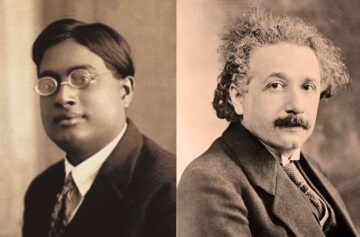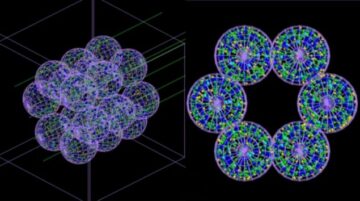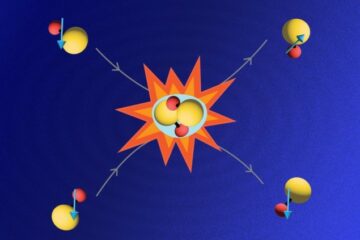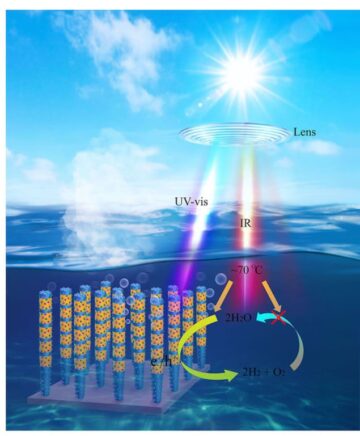US instrumentation specialist Danaher Cryogenics is rewriting the rules of ultralow-temperature physics, technology and engineering
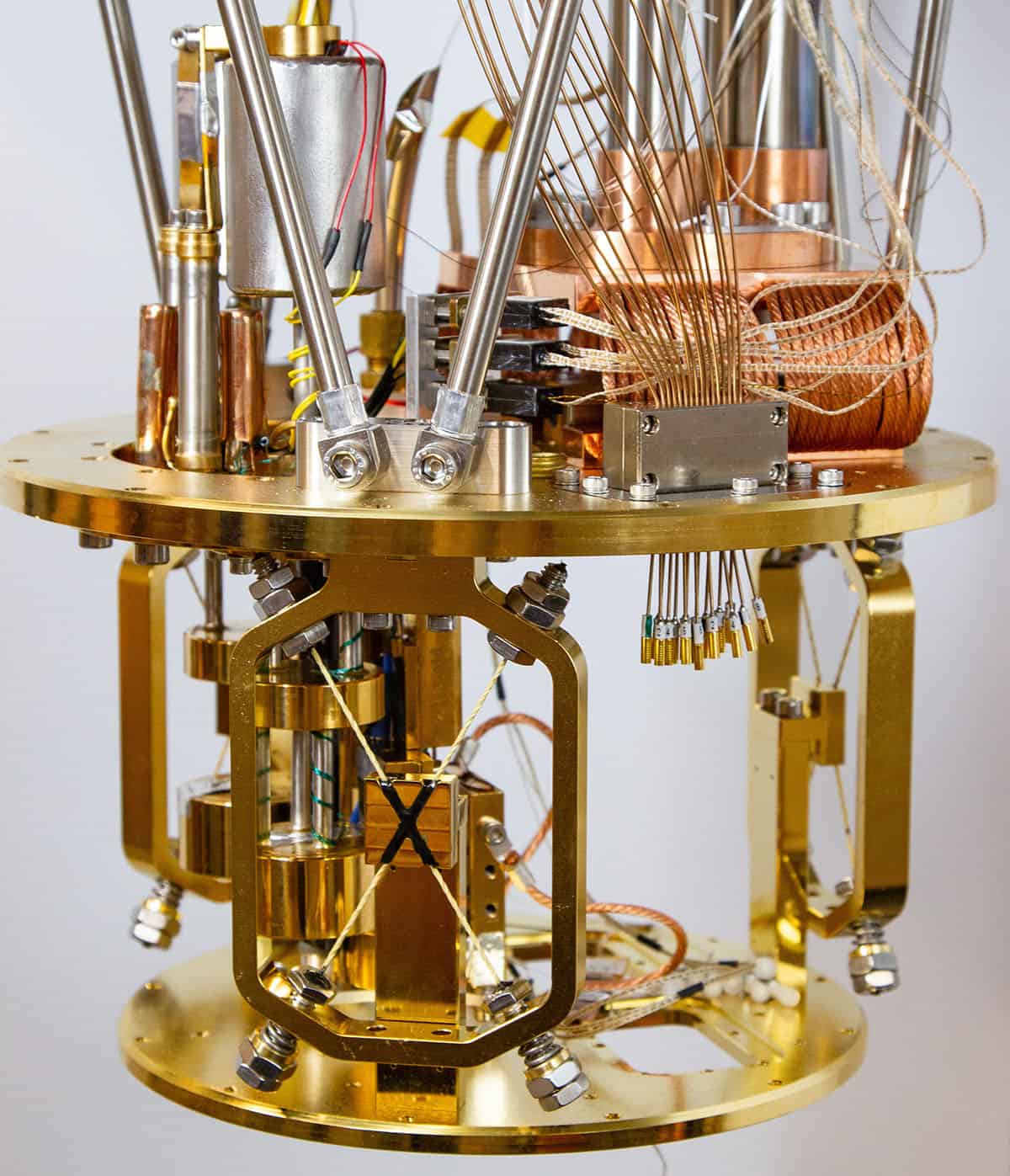
While some like it hot, others like to keep things cold – ultracold to be precise. A case study in this regard is Danaher Cryogenics, the US-based designer and manufacturer of integrated sub-Kelvin cryostat systems for diverse applications in scientific research and industrial R&D. Based out of Boulder, Colorado, the two-year-old technology start-up has set a high bar for itself in the ultralow-temperature regime, evidenced by a mission statement to “pursue the near-impossible with elegant, classic solutions for optimal cryogenic performance – from initial concept to fruition”.
If that’s the back-story, what of the specifics? Front-and-centre in the Danaher Cryo business model are collaboration and cryogenic innovation – partnering with key technology suppliers and end-users alike. “What I take pride in – and what we strive for here – is to be much more than a transactional equipment vendor,” explains Charlie Danaher, president and founder of Danaher Cryo. Put simply: the goal for Danaher and his colleagues is collaborative product development, “to figure out what customers need at a granular level and then come up with the optimal cold solution in terms of cryostat design, development and deployment”.
Collaborate, innovate, accelerate
At a headline level, Danaher Cryo’s evolving customer base breaks down into three core constituencies: university-based research groups; US National Laboratories, including the nearby National Institute of Standards and Technology (NIST) Boulder Laboratories; as well as aerospace and defence contractors in the US and further afield.
“We have established a reputation for working hand-in-hand with customers to meet their sub-Kelvin requirements across a range of scientific and engineering projects,” explains Danaher. Think cutting-edge use-cases like single-photon detectors for radio astronomy; X-ray and neutron beamline experiments; and scanning-probe microscopy studies of high-temperature superconductors.

“Among our priority growth markets is the emerging quantum tech supply chain,” adds Danaher, “where cryogenic temperatures are essential for materials R&D and device development in quantum sensing, quantum networking and quantum computing applications.”
Danaher, for his part, is no stranger to collaborative innovation. Prior to launching Danaher Cryo in April 2022, he spent 25 years in senior product development and engineering roles at Cryogenic Technical Services (CTS) and High Precision Devices (HPD) – along the way working closely with an array of top-tier customers like Boeing, General Atomics, Lawrence Livermore National Laboratory, Harvard University, NASA and NIST.
That same outward-facing mindset informs the commercial approach at Danaher Cryo, not least when it comes to technology partnerships. Chief among those is the company’s tie-up with Chase Research Cryogenics (CRC), a specialist UK manufacturer of sorption coolers capable of generating sub-Kelvin temperatures (even down to <0.1 K). “The strategic partnership with CRC has been in place for 18 months,” says Danaher, “with the Chase coolers serving as a core building block within our fully integrated sub-Kelvin cryostat systems.”
Another high-profile partner is Leiden Cryogenics, with Danaher Cryo managing dilution refrigerator sales for the Dutch equipment maker across North America. “We’re not just processing the purchase orders,” says Danaher. “We facilitate installation, commissioning and acceptance of Leiden products, as well as ongoing service and maintenance support.”
Closer to home, there’s an ongoing technology collaboration with NIST and the University of Colorado Boulder (CU Boulder), with Danaher Cryo positioned as exclusive commercialization partner for the so-called Adaptive Cooling Technology (ACT) pulse-tube cryocooler. While current-generation pulse-tube refrigerators are specifically designed for steady-state, base-temperature operation, the ACT design provides dynamic tuning of cooling performance – functionality that’s especially impactful during the cooldown phase of operation.
Working via a Cooperative Research and Development Agreement (CRADA), Danaher Cryo now has an exclusive option to license the ACT technology innovation (recently patented by CU Boulder). “Large cryogenic systems can have cooldown times ranging from a couple of days to more than a month,” says Danaher. “The ACT pulse-tube design can cut those times by more than 50% – a compelling proposition in terms of workflow efficiency and R&D productivity.”
Cool technologies, cold science
While the ACT cryogenic system is being lined up for full commercial release in the second half of 2025, Danaher Cryo already offers a comprehensive portfolio of continuous-cooling and one-shot cryostat systems – a product portfolio that will be showcased at the American Physical Society (APS) March Meeting in Minneapolis, MN, next week.
The continuous-cooling systems maintain their base temperature indefinitely and comprise the Pony (with a cooling capability down to below 825 mK), Bronco (<300 mK) and the Charger (fully integrated with CRC’s mini dilution refrigerator for cooling to below 100 mK). The one-shot cryostat systems, on the other hand, provide time-limited cooling for up to 30 hours and comprise the Colt (850 mK base temperature), Palomino (300 mK) and the Mustang (200 mK).
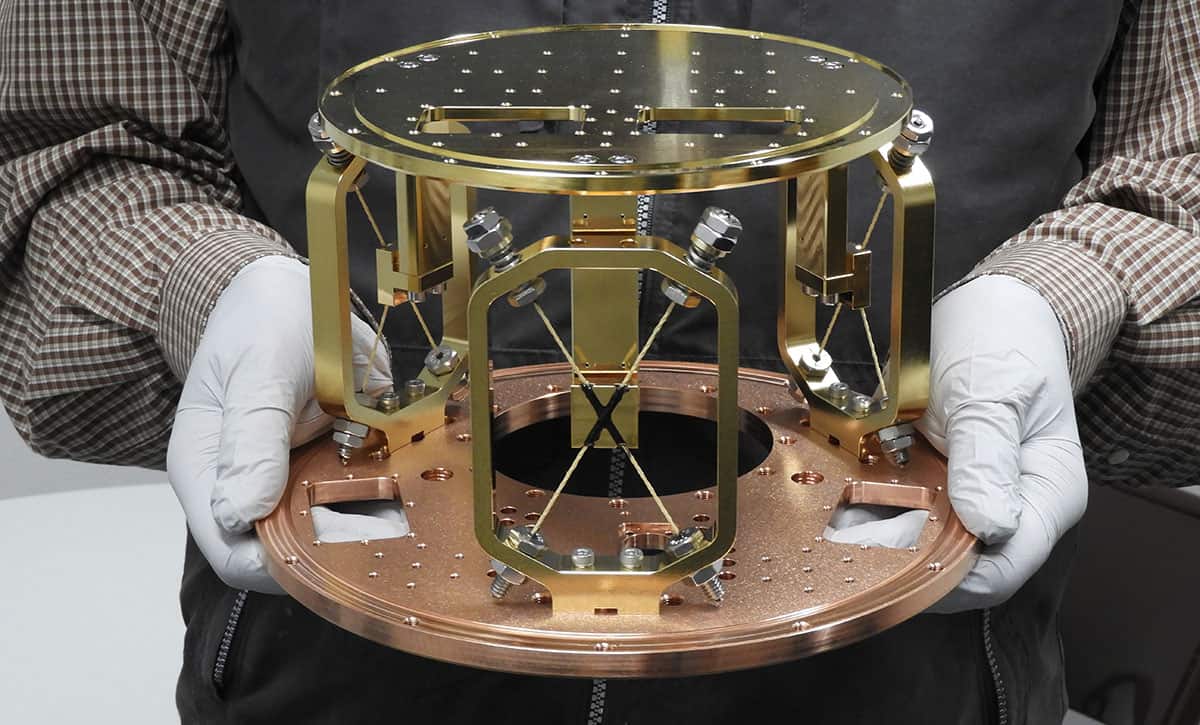
Significantly, the Danaher Cryo team notched up its first customer installation earlier this month, with the Pony cryostat installed and accepted at the US Department of Energy’s Argonne National Laboratory on the outskirts of Chicago. “The Pony combines continuous sub-Kelvin cooling with ease of access to the cold area and sample-under-test,” explains Danaher.
Argonne scientists will use the cryostat to test and characterize superconducting-nanowire particle detectors for applications in nuclear physics. “Owing to the Pony’s large experimental space, the system will be used in the testing of full wafers prior to dicing,” notes Danaher. “Subsequently, the wafers will be diced and the selected chips deployed for beamline experiments.”
Danaher, for his part, is also keen to highlight the upsides of the Charger system – chiefly, continuous 100 mK cooling “without the hassles” typically associated with dilution refrigerators. “We’re exploiting CRC’s Continuous Miniature Dilutor (CMD) subsystem,” he explains. The CMD is a small, self-contained refrigerator that requires only a few litres of helium gas. There is no need for any external gas handling which, in turn, eliminates the service required for pumps and reduces the chances of expensive gas loss.
“By extension,” adds Danaher, “the Charger cryostat requires less than 1 m2 of lab space – not counting the compact control system – whereas typically most dilution refrigerators would consume more than twice that.”
In-house, meanwhile, continuous product innovation remains the priority for Danaher and his chief cryostat designer Bryan Schiffner. With this in mind, a new Kevlar suspension that can be included in any of the company’s cryostats will also be unveiled at the APS March Meeting. Put simply, the Kevlar suspension is integrated within the cryostat to give scientists a platform to install their sample or assembly-under-test at the cold temperature without risking damage to the CRC sorption cooler.
“The Kevlar suspension supports a sample stage that provides close proximity to the cooler,” concludes Danaher. “In this way, we can ensure the cryostat is scientifically useful thanks to a rugged, durable and spacious sample stage.”
- SEO Powered Content & PR Distribution. Get Amplified Today.
- PlatoData.Network Vertical Generative Ai. Empower Yourself. Access Here.
- PlatoAiStream. Web3 Intelligence. Knowledge Amplified. Access Here.
- PlatoESG. Carbon, CleanTech, Energy, Environment, Solar, Waste Management. Access Here.
- PlatoHealth. Biotech and Clinical Trials Intelligence. Access Here.
- Source: https://physicsworld.com/a/ultralow-temperature-innovation-integrated-cryostat-systems-open-up-productivity-gains/
- :has
- :is
- :not
- $UP
- 100
- 2022
- 2025
- 25
- 30
- 300
- 725
- a
- acceptance
- accepted
- access
- across
- Act
- adaptive
- Adds
- Aerospace
- Agreement
- alike
- along
- already
- also
- america
- among
- an
- and
- any
- applications
- approach
- April
- ARE
- AREA
- Argonne National Laboratory
- Array
- AS
- associated
- astronomy
- At
- bar
- base
- based
- BE
- been
- being
- below
- Block
- breaks
- Bryan
- Building
- business
- business model
- by
- CAN
- capability
- capable
- case
- case study
- chain
- chances
- characterize
- Charlie
- chase
- chicago
- chief
- Chips
- classic
- click
- Close
- closely
- cold
- collaboration
- collaborative
- collaborative innovation
- colleagues
- Colorado
- combines
- come
- comes
- commercial
- commercialization
- compact
- Company’s
- compelling
- comprehensive
- computing
- concept
- concludes
- consume
- continuous
- contractors
- control
- Convenient
- cooperative
- Core
- counting
- Couple
- courtesy
- CRC
- cryogenic
- customer
- Customers
- Cut
- cutting-edge
- damage
- Days
- defence
- Department
- deployed
- Design
- designed
- Designer
- Development
- device
- Devices
- dilution
- diverse
- down
- during
- Dutch
- dynamic
- Earlier
- ease
- efficiency
- eliminates
- emerging
- Engineering
- ensure
- equipment
- especially
- essential
- established
- Ether (ETH)
- Even
- evidenced
- evolving
- Exclusive
- expensive
- experimental
- experiments
- Explains
- exploiting
- extension
- external
- facilitate
- February
- few
- Figure
- First
- For
- founder
- from
- full
- fully
- functionality
- further
- Gains
- GAS
- generating
- Give
- goal
- granular
- Group’s
- Growth
- Half
- hand
- Handling
- Have
- he
- headline
- helium
- here
- High
- high-profile
- Highlight
- his
- Home
- HOT
- HOURS
- HTTPS
- i
- image
- impactful
- in
- included
- Including
- industrial
- information
- informs
- initial
- innovate
- Innovation
- install
- installation
- installed
- Institute
- integrated
- interior
- into
- issue
- IT
- ITS
- itself
- jpg
- just
- Keen
- Keep
- Key
- lab
- laboratories
- laboratory
- large
- launching
- least
- less
- Level
- License
- like
- lined
- loss
- maintain
- maintenance
- maker
- managing
- Manufacturer
- March
- Markets
- materials
- max-width
- Meanwhile
- Meet
- meeting
- Microscopy
- mind
- Mindset
- Mission
- Mission Statement
- model
- Month
- months
- more
- most
- much
- National
- Need
- networking
- New
- next
- next week
- nist
- no
- North
- north america
- Notes
- now
- nuclear
- Nuclear physics
- of
- Offers
- on
- ongoing
- only
- open
- operation
- optimal
- Option
- or
- orders
- Other
- Others
- our
- out
- part
- particle
- partner
- partnering
- Partnership
- partnerships
- patented
- performance
- phase
- physical
- Physics
- Physics World
- Place
- platform
- plato
- Plato Data Intelligence
- PlatoData
- Pony
- portfolio
- positioned
- precise
- Precision
- president
- pride
- Prior
- priority
- processing
- Product
- product development
- Product Innovation
- productivity
- Products
- projects
- proposition
- provide
- provides
- pumps
- purchase
- put
- Quantum
- quantum computing
- quantum computing applications
- quantum networking
- quantum tech
- R&D
- Radio
- range
- ranging
- recently
- reduces
- regard
- regime
- release
- remains
- reputation
- required
- Requirements
- requires
- research
- research and development
- rewriting
- risking
- roles
- rules
- sales
- same
- sample
- says
- scientific
- Scientific Research
- scientists
- Second
- selected
- senior
- service
- Services
- serving
- set
- showcased
- simply
- small
- Society
- solution
- Solutions
- some
- Space
- specialist
- specifically
- specifics
- spent
- Stage
- standards
- Start-up
- Statement
- stranger
- Strategic
- Strategic partnership
- strive
- studies
- Study
- suppliers
- supply
- supply chain
- support
- Supports
- suspension
- system
- Systems
- Take
- team
- tech
- Technical
- Technologies
- Technology
- technology innovation
- terms
- test
- Testing
- than
- thanks
- that
- The
- their
- then
- There.
- things
- Think
- this
- those
- three
- thumbnail
- times
- to
- transactional
- tuning
- TURN
- Twice
- typically
- Uk
- unveiled
- us
- use
- use-cases
- used
- useful
- users
- vendor
- via
- View
- Way..
- we
- week
- WELL
- What
- when
- whereas
- which
- while
- will
- with
- within
- without
- workflow
- working
- world
- would
- x-ray
- years
- Your
- zephyrnet


